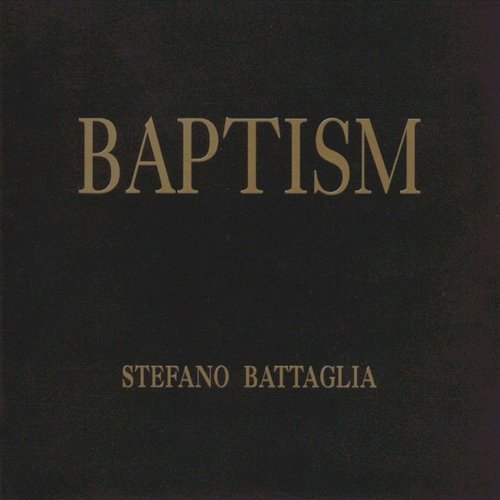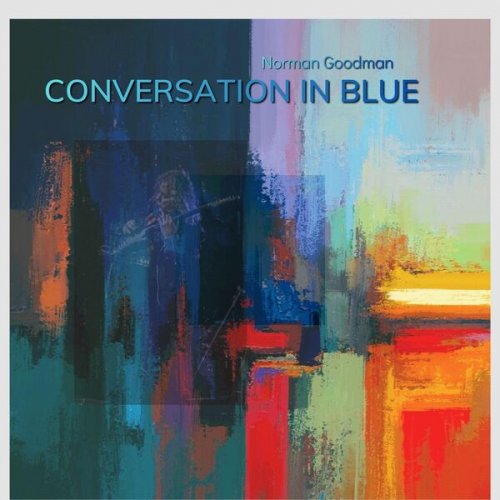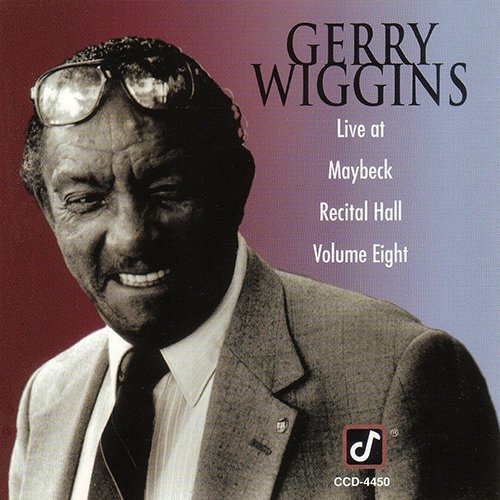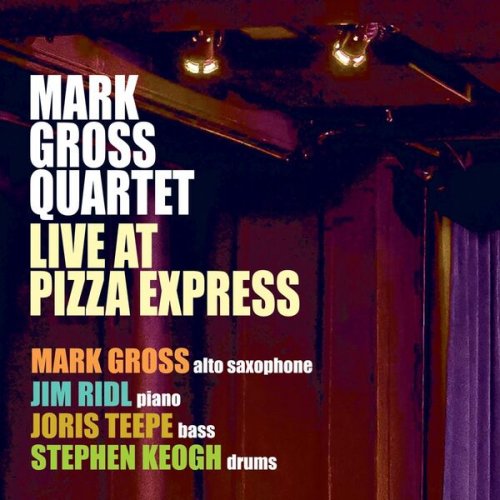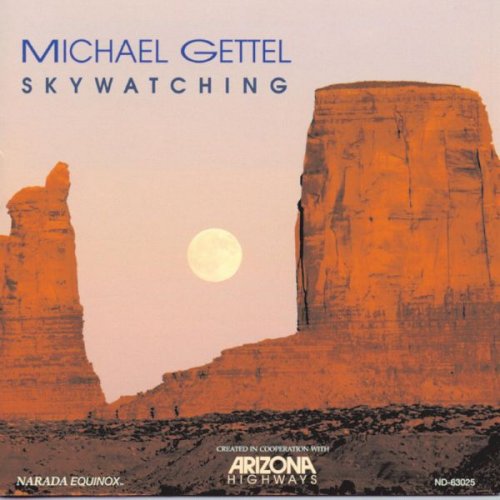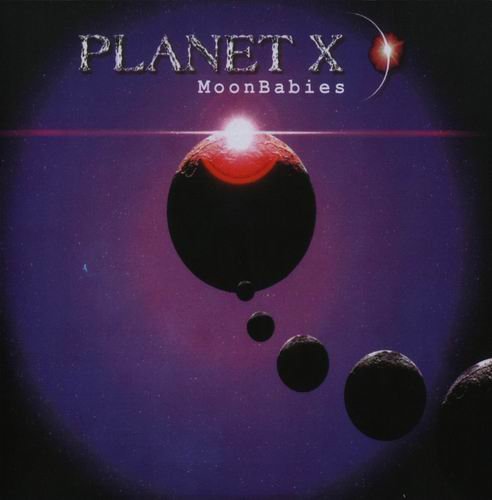Artist:
Stefano Battaglia
Title:
Baptism
Year Of Release:
1994
Label:
Splasc(H) [CD H 417.2]
Genre:
Jazz, Free Jazz
Quality:
FLAC (tracks + .cue,log,scans)
Total Time: 50:43
Total Size: 182 MB(+3%)
WebSite:
Album Preview
Tracklist01. Tristano (Battaglia) - 4:09
02. Baptism (Battaglia) - 3:56
03. Transmutation (Battaglia) - 2:36
04. The Golden Bough (Battaglia) - 4:21
05. Bluesiana (Battaglia) - 6:12
06. Streams (Battaglia) - 2:22
07. The Chant (Battaglia) - 2:34
08. Observe (Battaglia) - 6:00
09. Singularities (Battaglia) - 3:06
10. Youniverse (Battaglia) - 4:22
11. Fugatha (Battaglia) - 4:09
12. Wish (Battaglia) - 4:02
13. Requiem pour Renee Daumal (Battaglia) - 2:54
personnel : Stefano Battaglia - piano
The boss man of Italian jazz pianists, Stefano Battaglia is a musical chameleon. On this solo collection, he moves through an astonishing array of styles and syntaxes, all the while expressing his own deft and original musicality with grace and ingenuity. The set starts of with "Tristano," a tribute to the late bebop pianist who fused bebop, modal motifs, and the use of repeated arpeggios in ascending scales and angular intervals to achieve a music that is at once physical and cerebral. Battaglia takes five of Tristano's main themes and, in his playing style, winds them through scalar motifs to come out the other side with an intimate portrait of the man, painted by a student who has extended his concepts. "Transmutation" encapsulates Tristano too, but through chromatic extensions of both McCoy Tyner and Dave Burrell, while nodding in the direction of Marilyn Crispell. Elsewhere, Battaglia reaches into the fake books of pianists from Keith Jarrett ("The Golden Bough"), Bill Evans ("Baptism"), and Misha Mengelberg ("Youniverse"), seeking a point where the seams blur and the different stylistic approaches no longer hold sway in the piano's language. In order to achieve this, Battaglia informs each of his compositions, each of this homages as it were, with an elegant sense of harmonic extrapolation and contrapuntal verve. He leaves an obvious skeleton while decorating it with tonal tattoos: themes and motifs that come from the inside and move to the surface, all the while using his remarkable technical facility to transform his historical and linguistic subjects into newly created sonic paintings of tender, moving beauty.~Thom Jurek
Exact Audio Copy V1.5 from 20. February 2020
EAC extraction logfile from 5. March 2022, 16:51
Stefano Battaglia / Baptism
Used drive : hp DVDRW SU208HB Adapter: 1 ID: 0
Read mode : Secure
Utilize accurate stream : Yes
Defeat audio cache : Yes
Make use of C2 pointers : No
Read offset correction : 6
Overread into Lead-In and Lead-Out : No
Fill up missing offset samples with silence : Yes
Delete leading and trailing silent blocks : No
Null samples used in CRC calculations : Yes
Used interface : Native Win32 interface for Win NT & 2000
Gap handling : Appended to previous track
Used output format : User Defined Encoder
Selected bitrate : 1024 kBit/s
Quality : High
Add ID3 tag : No
Command line compressor : C:\Program Files\EAC 1.5\Exact Audio Copy\FLAC\FLAC.EXE
Additional command line options : -8 -V -T "ARTIST=%artist%" -T "TITLE=%title%" -T "ALBUM=%albumtitle%" -T "DATE=%year%" -T "TRACKNUMBER=%tracknr%" -T "GENRE=%genre%" -T "PERFORMER=%albuminterpret%" -T "COMPOSER=%composer%" %haslyrics%--tag-from-file=LYRICS="%lyricsfile%"%haslyrics% -T "ALBUMARTIST=%albumartist%" -T "DISCNUMBER=%cdnumber%" -T "TOTALDISCS=%totalcds%" -T "TOTALTRACKS=%numtracks%" -T "COMMENT=%comment%" %source% -o %dest%
TOC of the extracted CD
Track | Start | Length | Start sector | End sector
---------------------------------------------------------
1 | 0:00.00 | 4:09.13 | 0 | 18687
2 | 4:09.13 | 3:55.65 | 18688 | 36377
3 | 8:05.03 | 2:35.70 | 36378 | 48072
4 | 10:40.73 | 4:20.72 | 48073 | 67644
5 | 15:01.70 | 6:11.40 | 67645 | 95509
6 | 21:13.35 | 2:21.48 | 95510 | 106132
7 | 23:35.08 | 2:33.52 | 106133 | 117659
8 | 26:08.60 | 6:00.03 | 117660 | 144662
9 | 32:08.63 | 3:06.35 | 144663 | 158647
10 | 35:15.23 | 4:21.45 | 158648 | 178267
11 | 39:36.68 | 4:09.25 | 178268 | 196967
12 | 43:46.18 | 4:01.55 | 196968 | 215097
13 | 47:47.73 | 2:53.45 | 215098 | 228117
Track 1
Filename C:\Users\cesare\Desktop\Stefano Battaglia - Baptism (1994) [FLAC] {Splasc(h)}\01 - Tristano.wav
Pre-gap length 0:00:02.00
Peak level 93.5 %
Extraction speed 1.2 X
Track quality 100.0 %
Test CRC BD152158
Copy CRC BD152158
Track not present in AccurateRip database
Copy OK
Track 2
Filename C:\Users\cesare\Desktop\Stefano Battaglia - Baptism (1994) [FLAC] {Splasc(h)}\02 - Baptism.wav
Peak level 83.5 %
Extraction speed 1.3 X
Track quality 100.0 %
Test CRC ACB46FBE
Copy CRC ACB46FBE
Track not present in AccurateRip database
Copy OK
Track 3
Filename C:\Users\cesare\Desktop\Stefano Battaglia - Baptism (1994) [FLAC] {Splasc(h)}\03 - Transmutation.wav
Peak level 99.1 %
Extraction speed 1.3 X
Track quality 100.0 %
Test CRC CE56F095
Copy CRC CE56F095
Track not present in AccurateRip database
Copy OK
Track 4
Filename C:\Users\cesare\Desktop\Stefano Battaglia - Baptism (1994) [FLAC] {Splasc(h)}\04 - The Golden Bough.wav
Peak level 97.3 %
Extraction speed 1.3 X
Track quality 99.9 %
Test CRC 18764EAD
Copy CRC 18764EAD
Track not present in AccurateRip database
Copy OK
Track 5
Filename C:\Users\cesare\Desktop\Stefano Battaglia - Baptism (1994) [FLAC] {Splasc(h)}\05 - Bluesiana.wav
Peak level 88.3 %
Extraction speed 1.6 X
Track quality 99.9 %
Test CRC 402F1554
Copy CRC 402F1554
Track not present in AccurateRip database
Copy OK
Track 6
Filename C:\Users\cesare\Desktop\Stefano Battaglia - Baptism (1994) [FLAC] {Splasc(h)}\06 - Streams.wav
Peak level 100.0 %
Extraction speed 1.5 X
Track quality 100.0 %
Test CRC 7571B72C
Copy CRC 7571B72C
Track not present in AccurateRip database
Copy OK
Track 7
Filename C:\Users\cesare\Desktop\Stefano Battaglia - Baptism (1994) [FLAC] {Splasc(h)}\07 - The Chant.wav
Peak level 66.7 %
Extraction speed 1.3 X
Track quality 99.9 %
Test CRC 74365616
Copy CRC 74365616
Track not present in AccurateRip database
Copy OK
Track 8
Filename C:\Users\cesare\Desktop\Stefano Battaglia - Baptism (1994) [FLAC] {Splasc(h)}\08 - Observe.wav
Peak level 99.1 %
Extraction speed 1.9 X
Track quality 100.0 %
Test CRC 7F9224C7
Copy CRC 7F9224C7
Track not present in AccurateRip database
Copy OK
Track 9
Filename C:\Users\cesare\Desktop\Stefano Battaglia - Baptism (1994) [FLAC] {Splasc(h)}\09 - Singularities.wav
Peak level 49.9 %
Extraction speed 1.8 X
Track quality 100.0 %
Test CRC 74CB32BE
Copy CRC 74CB32BE
Track not present in AccurateRip database
Copy OK
Track 10
Filename C:\Users\cesare\Desktop\Stefano Battaglia - Baptism (1994) [FLAC] {Splasc(h)}\10 - Youniverse.wav
Peak level 55.7 %
Extraction speed 1.8 X
Track quality 99.9 %
Test CRC BB6D8BB9
Copy CRC BB6D8BB9
Track not present in AccurateRip database
Copy OK
Track 11
Filename C:\Users\cesare\Desktop\Stefano Battaglia - Baptism (1994) [FLAC] {Splasc(h)}\11 - Fugatha.wav
Peak level 95.1 %
Extraction speed 1.8 X
Track quality 99.9 %
Test CRC 50014476
Copy CRC 50014476
Track not present in AccurateRip database
Copy OK
Track 12
Filename C:\Users\cesare\Desktop\Stefano Battaglia - Baptism (1994) [FLAC] {Splasc(h)}\12 - Wish.wav
Peak level 94.0 %
Extraction speed 2.1 X
Track quality 100.0 %
Test CRC 9A02E3A6
Copy CRC 9A02E3A6
Track not present in AccurateRip database
Copy OK
Track 13
Filename C:\Users\cesare\Desktop\Stefano Battaglia - Baptism (1994) [FLAC] {Splasc(h)}\13 - Requiem Pour Renée Daumal.wav
Peak level 79.1 %
Extraction speed 1.7 X
Track quality 99.9 %
Test CRC E334BCF5
Copy CRC E334BCF5
Track not present in AccurateRip database
Copy OK
None of the tracks are present in the AccurateRip database
No errors occurred
End of status report
---- CUETools DB Plugin V2.1.6
[CTDB TOCID: LCTOpjPUrC2vXlmjf_GAlyA2yAE-] found
Submit result: LCTOpjPUrC2vXlmjf_GAlyA2yAE- has been uploaded
Track | CTDB Status
1 | (0/4) No match
2 | (0/4) No match
3 | (0/4) No match
4 | (0/4) No match
5 | (0/4) No match
6 | (0/4) No match
7 | (0/4) No match
8 | (0/4) No match
9 | (0/4) No match
10 | (0/4) No match
11 | (0/4) No match
12 | (0/4) No match
13 | (0/4) No match
==== Log checksum B98F636A8FDA58C6B82B6DE1BD20C3E5BF93B0476B20293270C0294DE6D0F01C ====
